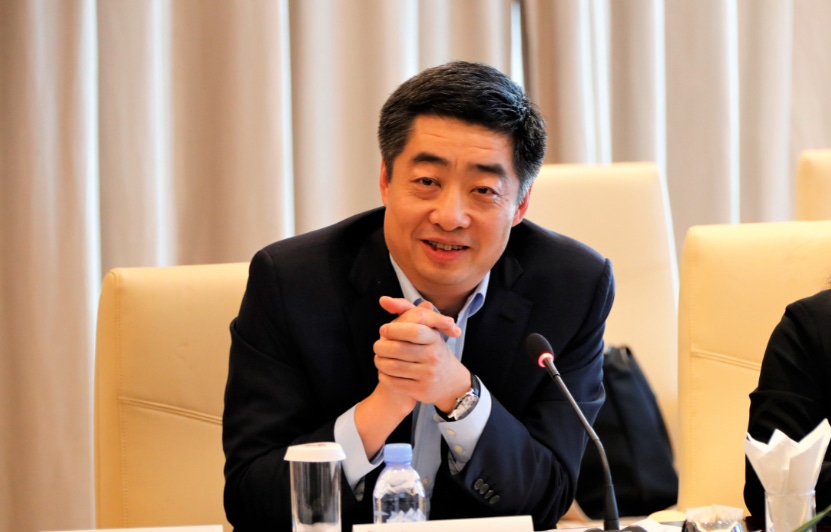One of the biggest stories of the year, and one of the major catalysts of the US/China trade war, was ZTE’s brush with extinction, but Huawei thinks it’s robust enough to withstand the US economic dirty-bomb.
December 20, 2018

One of the biggest stories of the year, and one of the major catalysts of the US/China trade war, was ZTE’s brush with extinction, but Huawei thinks it’s robust enough to withstand the US economic dirty-bomb.
During the Summer, ZTE was caught violating US trade sanctions with Iran and subsequently was banned from using any US products or IP within its supply chain. The move from the US almost destroyed ZTE, with the company ceasing operations for a couple of weeks, but Huawei’s Rotating CEO doesn’t think his firm would be under the same risk.
“We all know the ICT industry highly depends on a global supply chain,” said Hu. “And Huawei is no exception. Today we have 13,000 suppliers in our supply chain. Companies coming from Japan, US, Europe, China and many other countries in the regions. Take this year for example, our annual procurement spend would be 70 billion dollars.”
With CFO Meng Wanzhou currently on bail in Canada, Huawei is facing questions it probably doesn’t want to answer. The connection with Skycom looks to be much closer than some US financial institutions were led to believe, suggesting Huawei has been violating US trade sanctions with Iran. Should the US take the same action as it did with ZTE earlier in the year, Huawei could face the same ban on US exports.
The issue with ZTE was its dependence on the US for its supply chain. Huawei will also have the US feature prominently through its own supply chain, but Hu is confident it would stand up to any potential punishment dished out by the US.
“We take a diversified supply strategy,” said Hu. “That means we have a multi-sourcing strategy.
“We look at multiple choices in terms of technology solutions, and we also have multi-location supply networks. At the same time, since we’re working together with hundreds of telecom operators in the world, and also, we are serving a significant number of enterprise customers, so we look at the full lifecycle support that is needed and build up our stock of spare parts and components to ensure support across the product lifecycle.”
The company is also working to produce its own alternatives to some technologies which might not be able to be replicated elsewhere. A prime example of this is the Android mobile operating system.
As it stands, should the US impose a ban on Huawei its smartphones and wearable devices would be relegated to the role of doorstop. With this in mind, Huawei is attempting to create its own mobile operating system. It will probably be no-where as good as what the Android OS can offer, others such as Samsung have tried and failed, but it is certainly better than nothing.
Being banned from using US components and IP would certainly be a negative for Huawei, and it certainly isn’t a scenario which is out of the question, but Huawei seems to be in a better position than the suspect ZTE.
About the Author(s)
You May Also Like








.png?width=300&auto=webp&quality=80&disable=upscale)


_1.jpg?width=300&auto=webp&quality=80&disable=upscale)


.png?width=800&auto=webp&quality=80&disable=upscale)